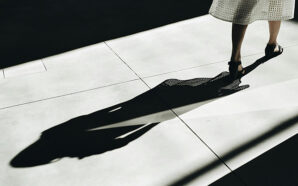Weekly Column from the Executive Director of Schools, Diocese of Parramatta
There was a story in the media recently that suggested that Australia has some of the most disruptive classroom environments in the world. The data used for this story came from a 2015 PISA report that compared how 15-year-olds in OECD countries fare in science, maths and reading. The story suggested that students in Australian schools reported having experienced disruptive behaviour, most noticeably in their science classes.
We know that disruptive classroom environments, whether in primary or secondary, have a negative impact on the capacity of teachers to teach well and on students’ ability to learn. Many primary schools use a reward/award system to encourage positive behaviour, some schools in the UK are choosing to walk a different path.
Over the past 10 years, there has been evidence to suggest that when students can remove their shoes in learning spaces, student behaviour improves. Seriously! Students and teachers report that aside from the spaces being much quieter, students feel more relaxed when they can learn in socks or slippers. Now that’s an interesting idea!
The concept of shoeless learning spaces is not new. In fact, it is a tradition in Scandinavia and New Zealand schools for shoes to be removed before entering learning spaces. And while there are many reasons why shoeless learning spaces seem to work, one answer has to do with neuroscience. Researchers tell us that our feet send signals to the brain that are critical for maintaining balance and spatial awareness.
I’d like to think that ‘shoeless learning spaces’ can gain a foothold here as we look for new ways of turning schools from 19th century content factories into places where learners feel at home, comfortable and ready to learn.
Greg Whitby AM
Executive Director of Schools – Diocese of Parramatta







